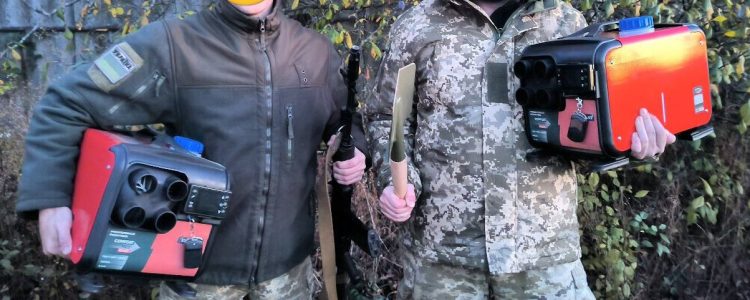

Polygon near Urzuf is a strange place, where your teeth...

Friends, thanks to you and the community of caring supporters, we have taken another important step in supporting our defenders. Together, we have closed part of the fundraiser and provided the military with the necessary equipment to carry out their missions.
Here is what we managed to purchase with your help:
• 1 EcoFlow River 2 Max power station for the 79th Air Assault Brigade operating in the Kurakhove direction.
• 1 EcoFlow River 2 Max power station for the 123rd Territorial Defense Battalion in the Pokrovsk direction.
• Night vision cameras for vehicles of the Ukrainian Armed Forces, significantly improving safety during night operations.
• Repairs of several generators, which are now back in service for our military.
• Purchase of two car heaters and water heaters to create more comfortable conditions during the cold season.
• Additional electrical equipment to promptly address urgent needs on the front lines.
These purchases were made possible only through your support and generous contributions. Every donation and every shared message about the fundraiser is a step closer to the victory we all strive for.
Thank you for standing with us! Together, we continue to work for our heroes.
Glory to Ukraine! Glory to its defenders!